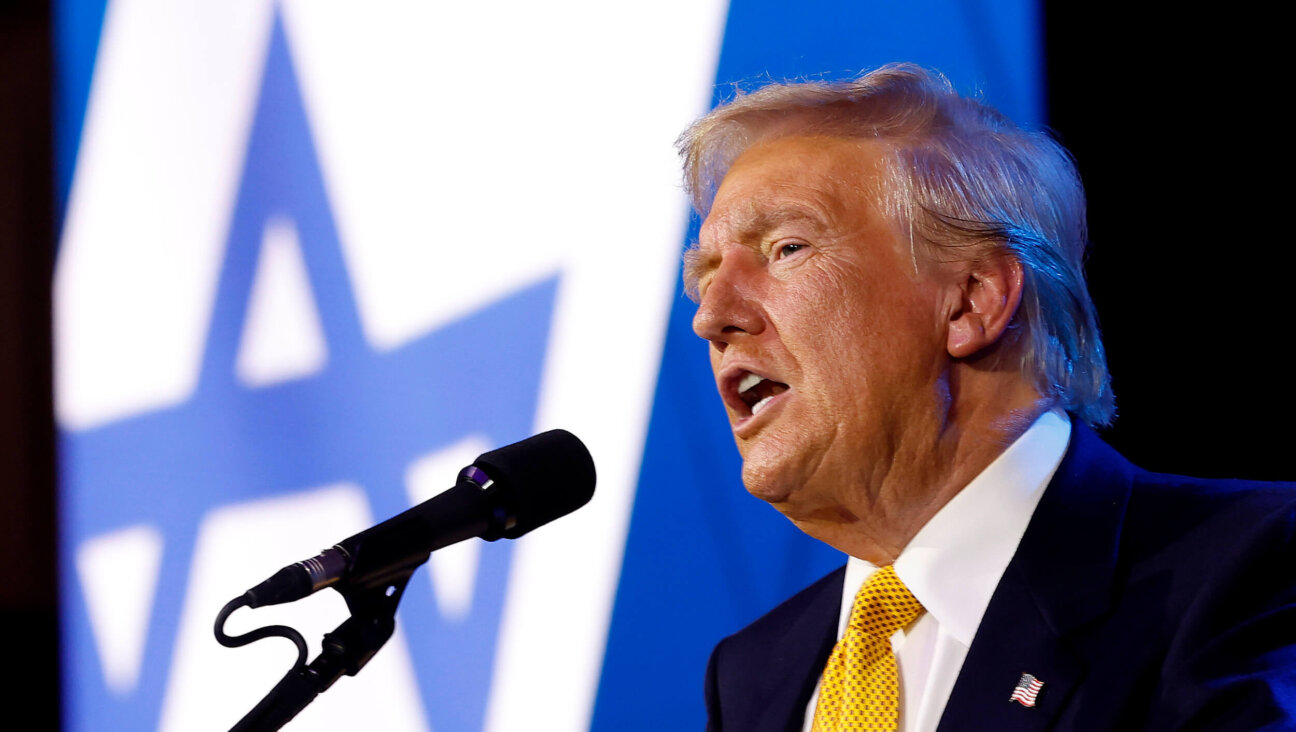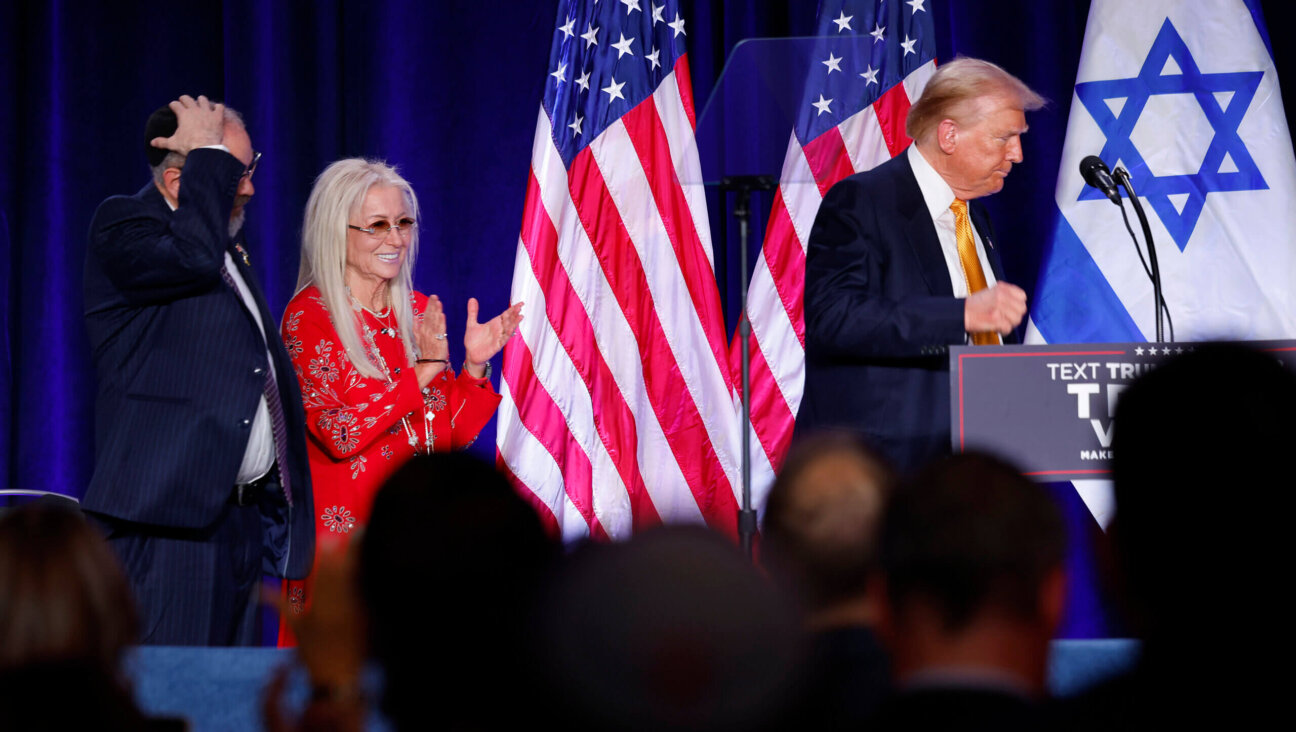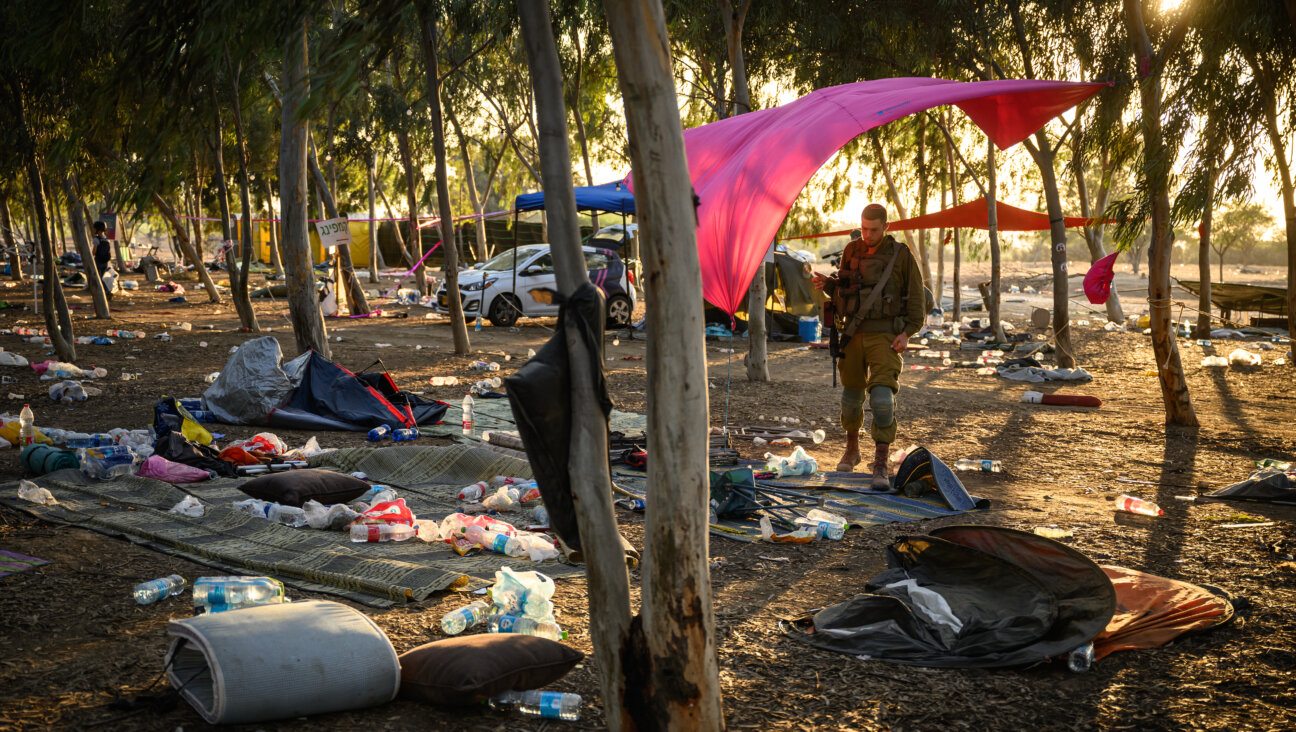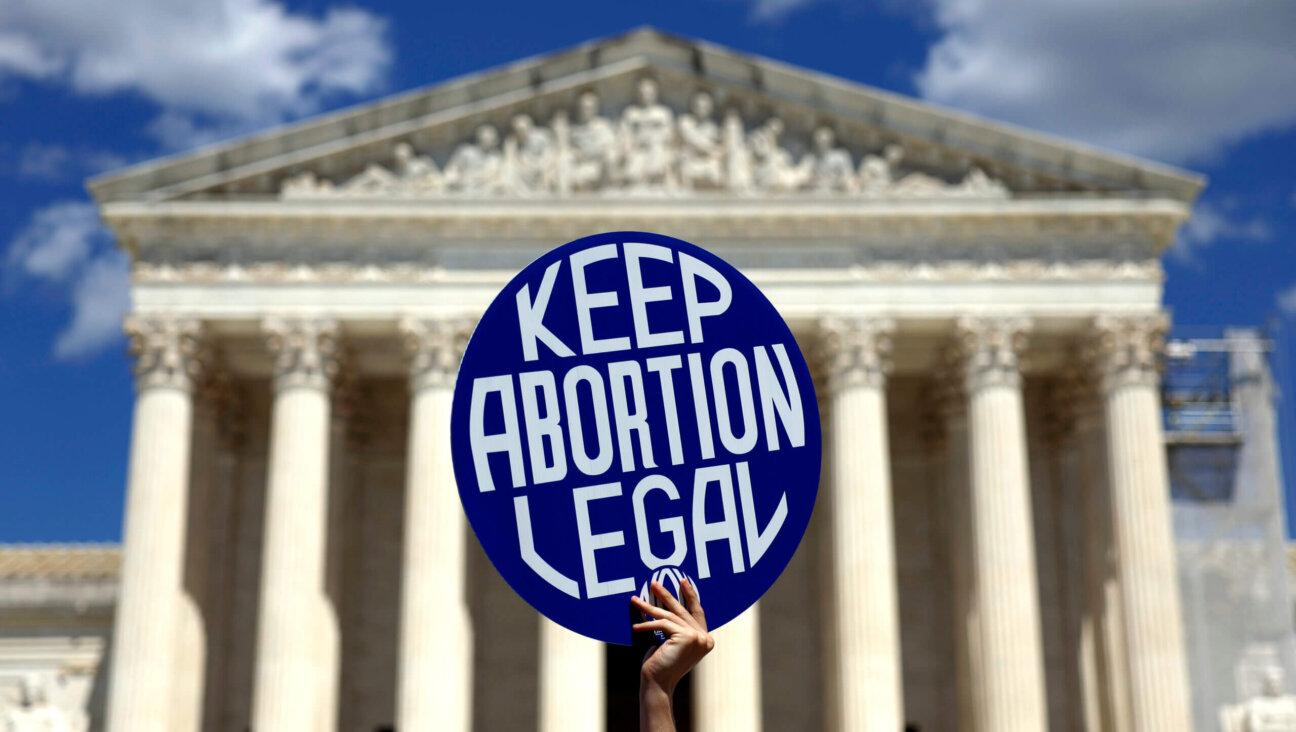Working Toward a Transgender Vocabulary

Graphic by Angelie Zaslavsky
Elliot Kukla, first out transgender rabbi ordained by the Reform movement / Nic Coury
Reactions to the Forward’s transgender and Jewish series varied from “after a decade of acceptance, this is news?” to “the synagogues are being overrun by sex maniacs” to an attitude of open curiosity, perhaps best espoused by Sheila Rubin in Naomi Zeveloff’s piece about transgender converts:
“Look, I don’t want to embarrass you, but I need to know if you need me to call you by another name or another pronoun. I don’t want to call you by your old name if that is going to hurt you.”
It is in answer to her question that I suggested we provide a glossary to our new Ebook (also available in print edition) “Transgender and Jewish”. After all, we try to explain Jewish terms like Torah (the Five Books of Moses or, metonymically, the word of God or, more broadly, wisdom), bimah (central dais or stage from which synagogue services are led) or aliyah (literally “ascent” it means taking up Israeli citizenship and going to live in Israel or being called up to the bimah to read the Torah).
Whether we are bored, excited or afraid of being told that our black-white dualism of male-female has been complicated, we do need the vocabulary to deal with it. It took me a few minutes to understand that I was not simply a “straight man” but a cisgender male, that is to say someone who was assigned the male gender at birth and identifies as male.
I was once leading a teachers’ workshop on “Classroom Diversity” and, toward the end, a white woman from the Midwest, a smart Ivy League graduate student raised her hand. “I see what you’re saying, but I don’t know how I can use it because I’m not diverse.”
I feel like that young woman I hope felt by the end of the session, as if my own situation had been, as the Russian formalists put it, defamiliarized. Whiteness, physical maleness, heterosexuality have all gone from normative things with maybe a binary opposition to distinct places on particular rainbow spectrums. And my psychological maleness, in which my emotional and mental sense of gender happens to tie in with my physical identity, that was simply a category I’d never had to consider at all. And, after reading accounts of gender dysphoria (the acute psychological disjunction between a person’s physical and psychic gender) as well as Joy Ladin’s memoir, I feel relieved I never had to.
Part of growing older and hopefully wiser is broadening our understanding of other people — even if that destabilizes our own understanding of ourselves while expanding it. That is what “Transgender and Jewish” does, not least by providing the language to address ourselves and our community.

















